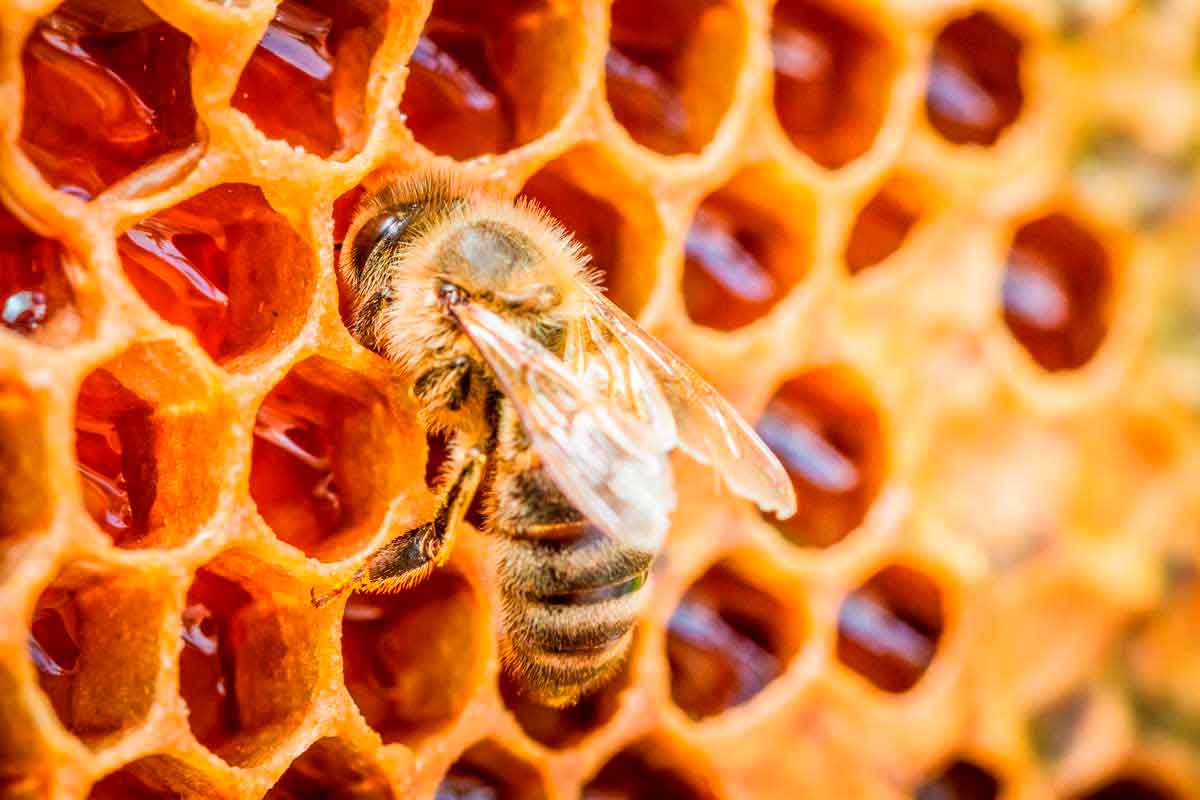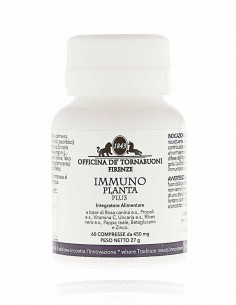A substance of many virtues, which bees collect from the buds and bark of plants; after the harvest the bees process it by adding waxes, pollen and enzymes produced by their bodies.
Properties: eutrophic, revitalising, immunity-stimulating, antiviral, bactericidal, anti-fungal, antioxidant and anti-rancident, anesthetic, healing, stimulating peristalsis.
There are many plant genres that bees love, including Poplar, Willow, Birch, Alder, Hazel, Oak, Beech, Horse Chestnut, Ash, Pine, Fir, etc.
The collection of resins by bees takes place in two periods of the year: in spring and at the end of summer, always during the hottest hours of the day.
In the hive, the propolis thus transformed is used to paint the honeycombs, to repair cracks and cracks in the hive and, above all, to embalm various insects that have entered the hive. It is removed from the hive during the autumn cleaning phases, which the beekeeper performs.
Professors Pecchiai (Italy) and Donadieu (France) have studied the actions of this substance that plants secrete in the buds and bark, as a self-defence against parasites and various diseases. The same substances, even more valid after the bees have processed them, can be used to help plants under attack from disease and pests, without the use of pesticides and other chemical products. This finding, as a factor of defence of plants and, at the same time, of redevelopment in the various uses for man, led in 1959 to the rebirth of a natural agriculture that we now know as organic.
Pliny the Elder in his Naturalis historia first used the name Propolis (defender of the city) to indicate this resin that bees use to defend their beehive from dangers.
Most likely, propolis (called the "resin") was used by the Egyptians for mummification. Later it was used as a paint on musical instruments (Antonio Stradivari, 1644 - 1737 Cremona).
Active ingredients: polyphenolic fraction (up to 20%; the bee manages to modify, thanks to enzymes produced by its salivary glands, the structure of the flavonoids originally present in plants, removing the sugars contained in the organic compound), carboxylic acids, fatty acids (waxes, resin), amino acids, vitamins, traces of pollen and essential oil. All of these active ingredients are not always present simultaneously and in a constant percentage, and vary depending on the habitat of the plants, on the seasons and on the harvest time.









